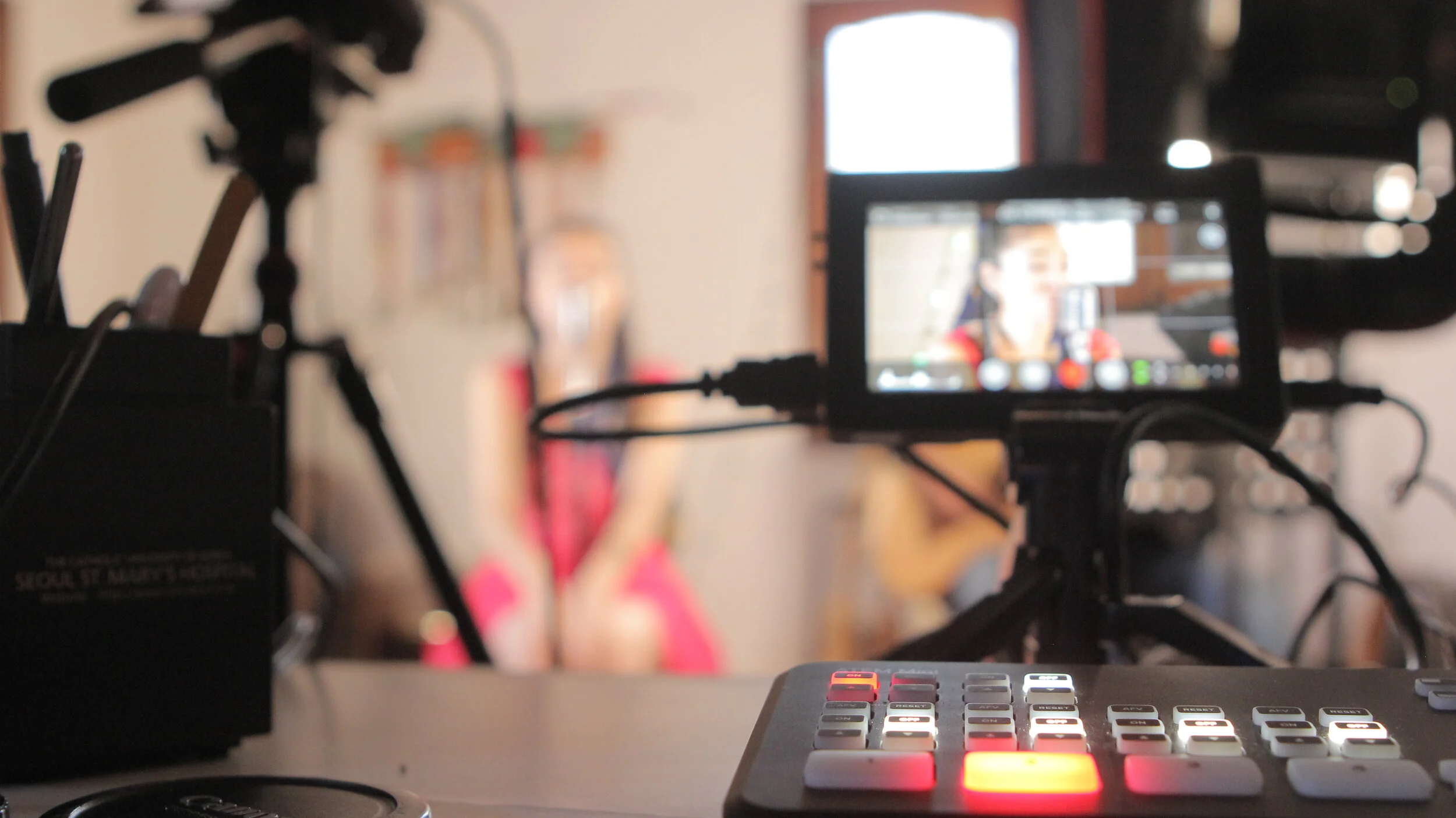Have you noticed lately that not everyone responds to your emails? Or to your voice mails? Sometimes not even to your visits?! Yet we feel we need the response, the involvement, and the approval of these very people.
In short, we want to influence them, but they seem impervious to our attentions.
Real influence is not about persuading them to like us. Nor is it about schmoozing or selling. Nor is it about charisma. Instead, we want to be like a GPS for their destination: a reassuring voice that plots not only the final goal but someone who also offers turn-by-turn advice that keeps them on track.
Real influence is therefore about power, and our own attitude about power is essential for our influence to be felt in order to be effective. Sometimes we conceive power to be all about strength, status, and survival of the fittest. In fact, it is not about that at all. Many of our strongest leaders embody what influence and power are really about: access.
Whether we are of high or low status, each one of us decides to pay attention to the other person based on our memory of them, their relevance to us, or their ability to help us move our agenda forward. When you show up in someone else’s mental contact list, your influence comes from the relationship you have developed with them, and in fact, the memories you created in their mind.
A veteran newspaperman in Chicago, who dropped out of school at age 16, shared that his role as a reporter gave him access to the strong and famous, few of whom knew of his lack of academic preparation. Those who did know didn’t really care. They returned his call because of his position, his way, his influence: what he could do for them.
The same is true of us and of our influence. When the other person perceives that we have them in mind, their memory is triggered, and our call is more likely to be returned.
In order to have friends, we must be a good friend. Not just for business but for friendship. One of my colleagues writes handwritten thank you notes, another physician colleague writes letters of encouragement to all staff every St. Valentine’s Day, noting three distinct things that impressed her over the past year, another physician leader does the same but writes it to the employee’s children and spouse and mails it to their home!
Influence is facilitated with the power of the individual, for the individual.




















